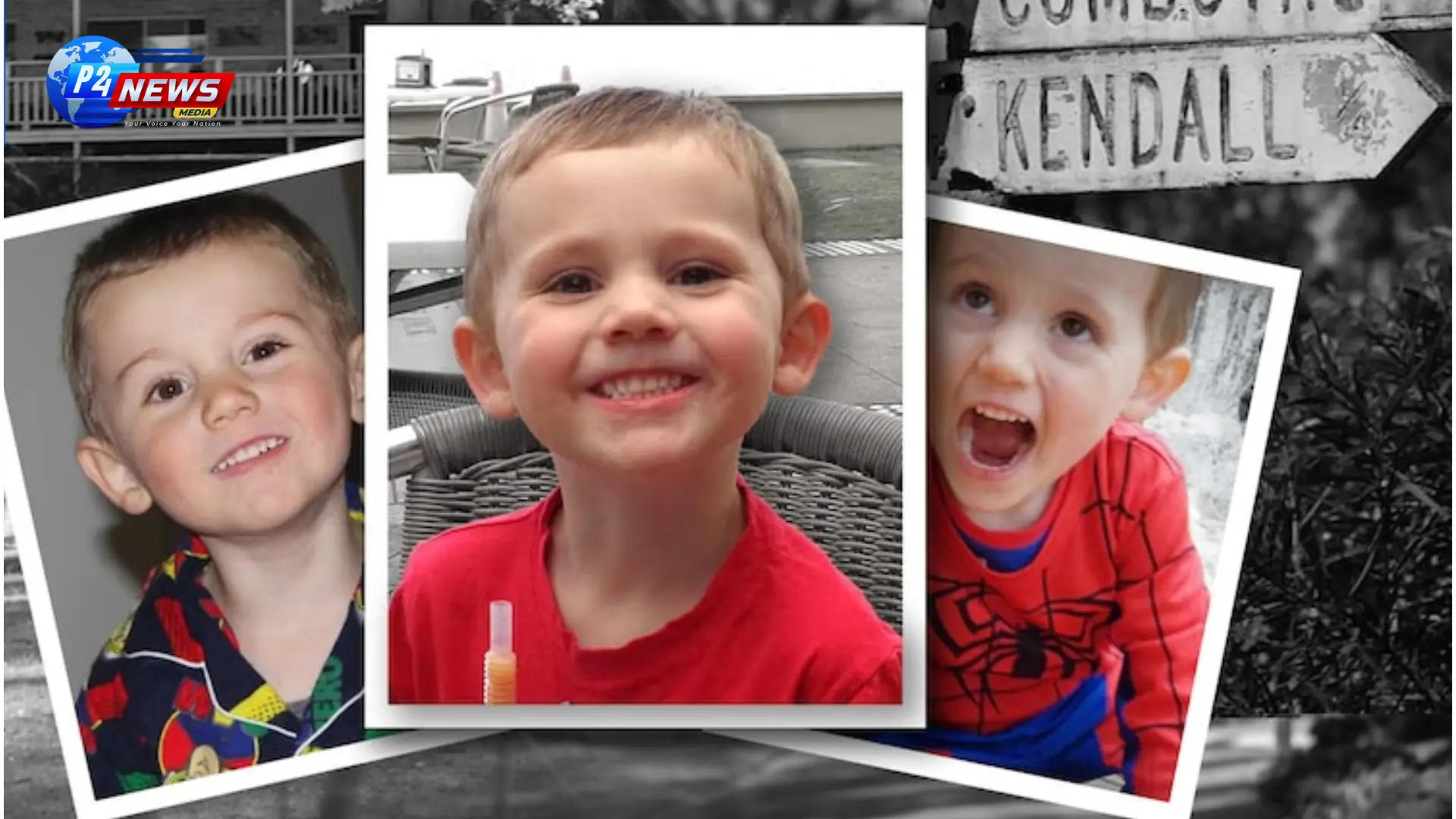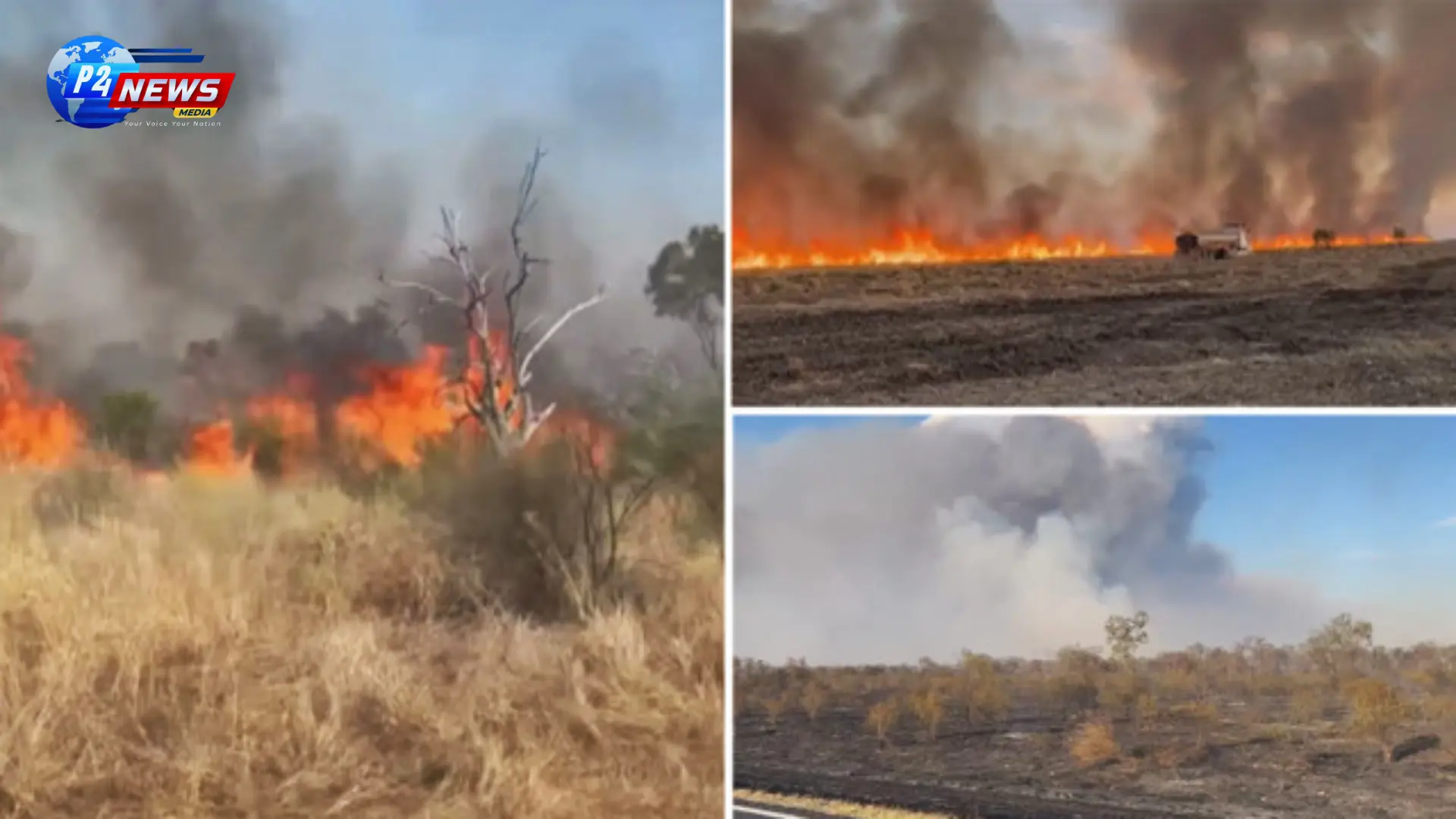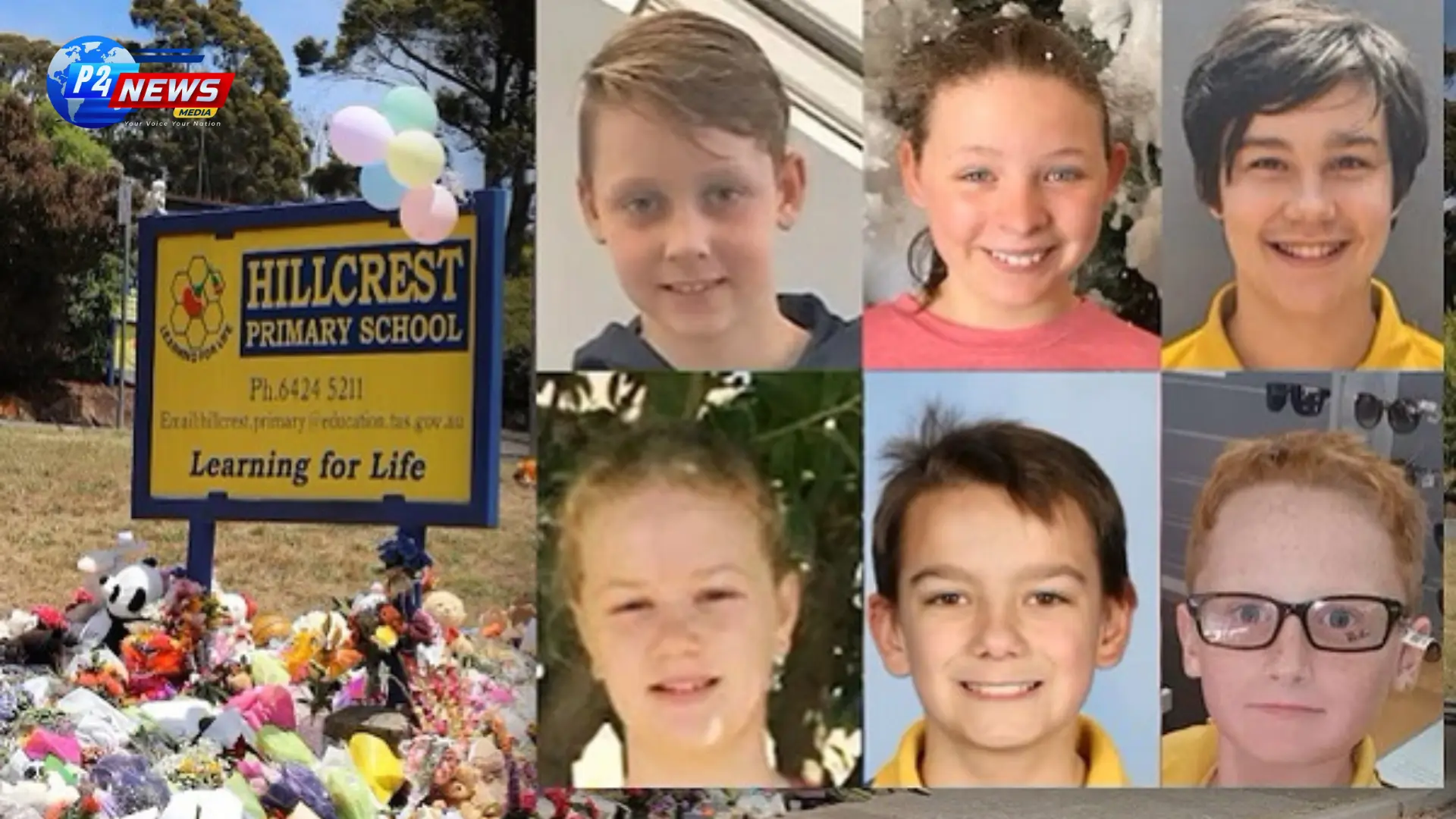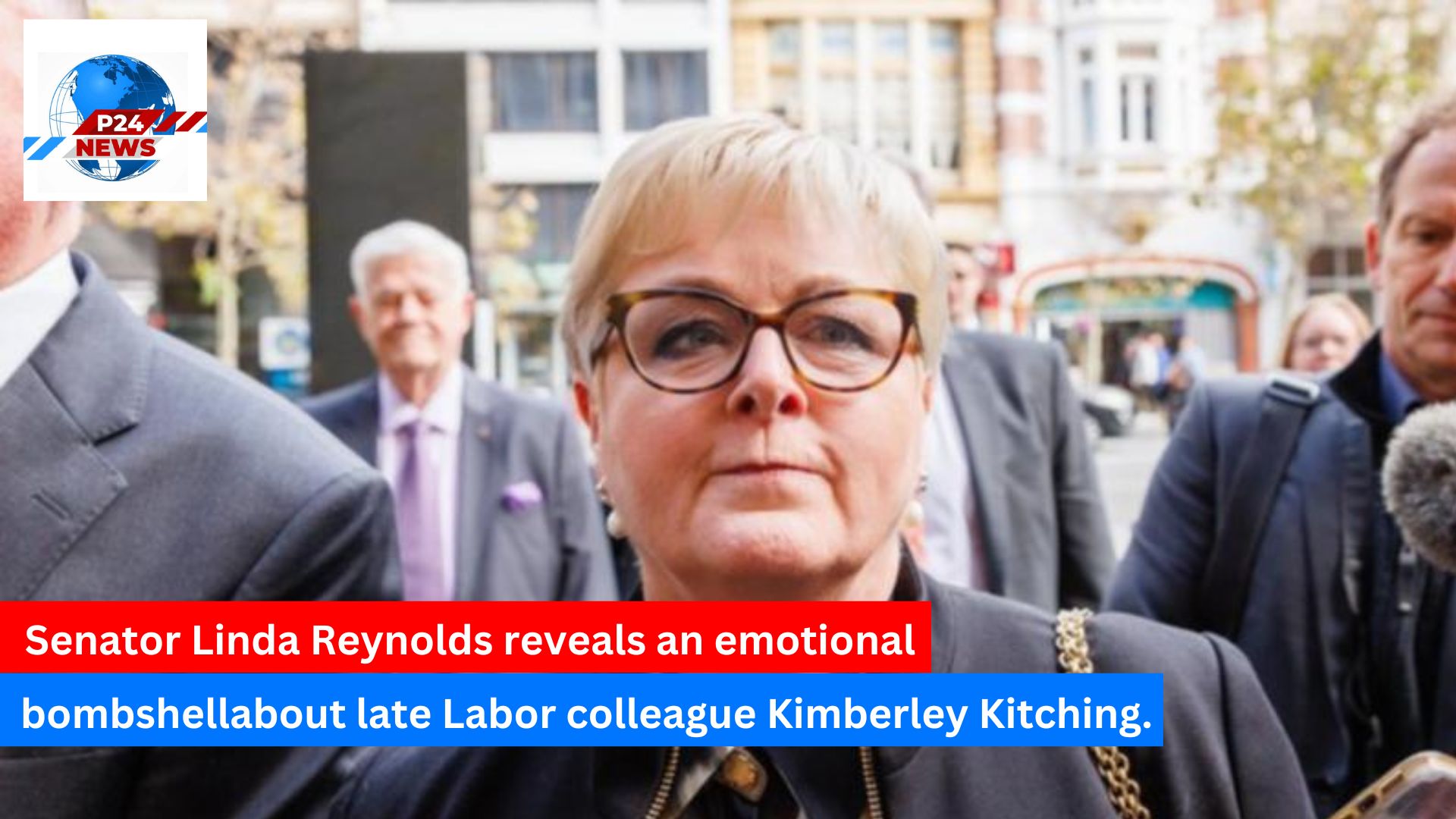The inquest into the case of missing boy William Tyrrell continues, with crucial evidence being presented this week. A truck driver’s testimony may shed light on the events that unfolded on the day William vanished. The ongoing investigation probes the police's theory regarding an accidental tragic fall, alongside allegations against his foster mother. Amidst the emotional turmoil of the inquest, the need for respectful discourse in the courtroom environment has been emphasized.
Overview of the Inquest
The inquest investigating the mysterious disappearance of William Tyrrell is making headlines as it hears pivotal evidence this Wednesday. This inquest is critical in piecing together the events surrounding the young boy's vanishing from the rural outskirts of Kendall on September 12, 2014. The testimony from a truck driver who was present in the area on that fateful day could prove vital in understanding what transpired.
Understanding the Current Police Theory
As examination continues, the coronial inquest delves into a new theory presented by law enforcement, suggesting the then three-year-old may have died from an accidental fall. Reports indicate that the boy’s foster mother is implicated in the alleged concealment of his body, stemming from fears regarding the custody of another child she was nurturing. Despite the gravity of these accusations, the foster mother has firmly denied any involvement in the case.
Historical Context of the Case
This ongoing investigation is not a recent development; it follows an 18-month inquest that concluded in October 2020. Findings initially scheduled for release in June 2021 have been revisited, prompting additional forensic digs in late 2021 around key locations, including Cobb and Co Road and Batar Creek Road. A fresh examination sought to gather more evidence and assess the accuracy of the police hypotheses.
Evidence and Allegations
The police theory suggests that William's foster mother may have transported his body in her mother’s vehicle to a remote area for disposal. Yet, the court has emphasized that there is a lack of forensic evidence directly linking anyone to the actual act of placing William’s body. This absence of conclusive proof raises questions about the robustness of the ongoing investigation and the allegations directed at the foster mother.
The Role of Coroner Harriet Grahame
Deputy State Coroner Harriet Grahame is at the helm of this inquest, directing the proceedings and highlighting the importance of evidence-based conclusions. She posited that no substantial indication has surfaced suggesting that a body was specifically placed in the locations under discussion, alluding to the challenges faced in the investigation.
Public Reaction and Court Conduct
The inquest has not only attracted media attention but also public scrutiny, which escalated during court sessions. The atmosphere was tense as reported incidents of public outrage directed at William’s foster mother drew concern from the court officials. Coroner Grahame issued warnings against such behavior, reiterating the necessity for decorum in the courtroom as sensitive topics are addressed.
The Continuing Search for Answers
As the inquest progresses, the ongoing search for answers remains a priority for all involved. With various hypotheses being examined and new evidence potentially surfacing, the pursuit of truth regarding William Tyrrell’s disappearance is more critical than ever. The impact of this case extends beyond the courtroom, affecting families, the community, and the wider discourse surrounding child welfare and safety.
'
















Comments 0